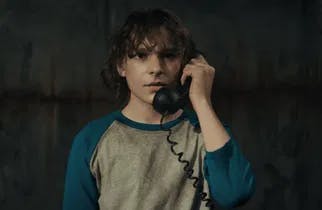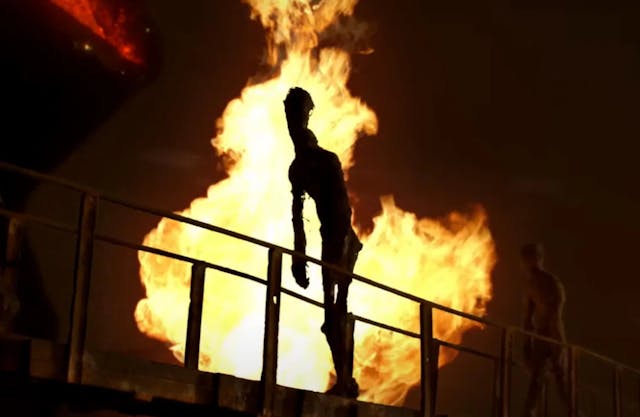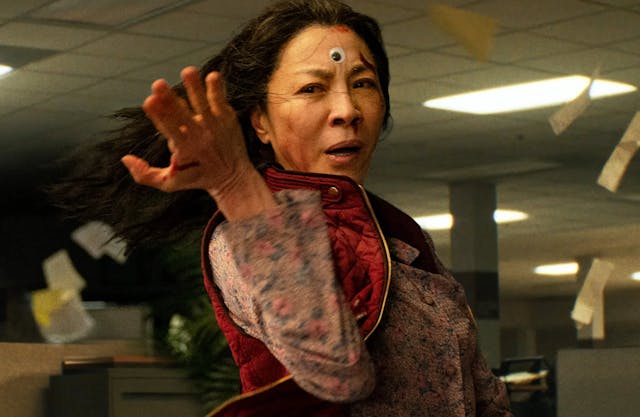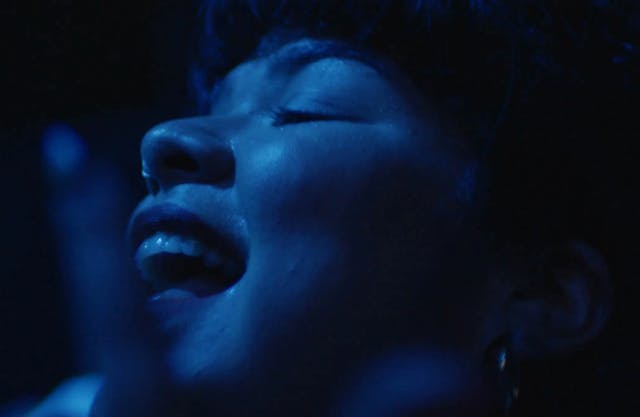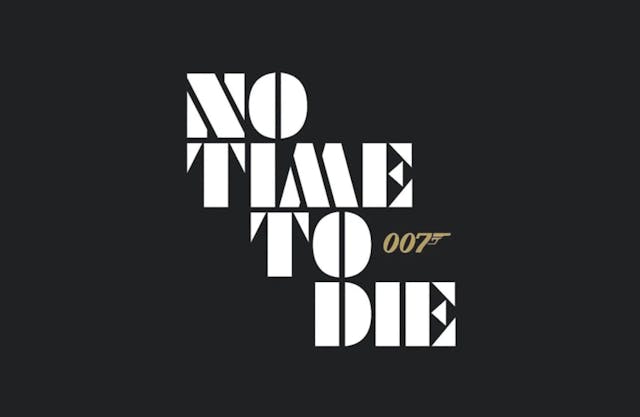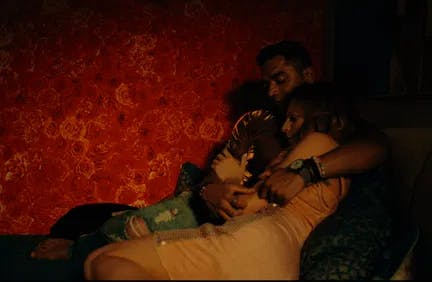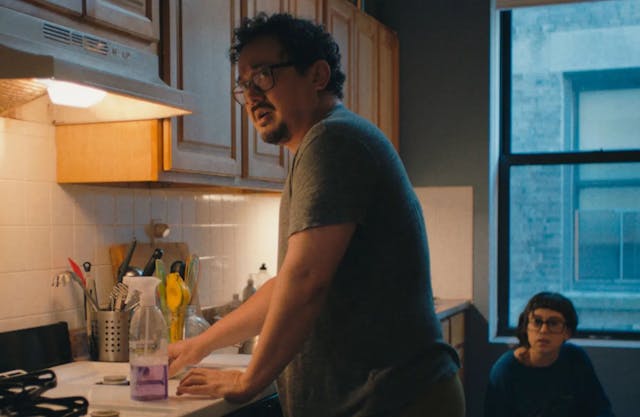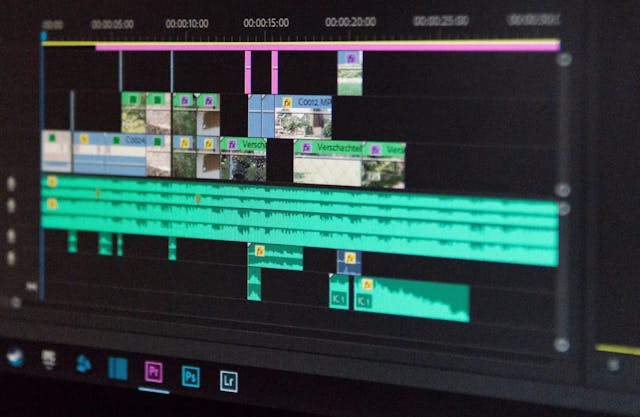What to Bring to a Movie Pitch: Make A Killer Film Project File

In the immortal words of Sean Connery in The Untouchables (Brian de Palma, 1987), you do not send a man armed with a knife to a gunfight. If you are going to pitch your movie at a controlled setting - be it a pitch meeting or a film production industry event -, and you have time to prepare, it serves you well to put together a project file to introduce your idea to the world. You’ve been ruminating on your movie for ages. You may be charming as hell and have the gift of gab. But most of the time, that is not enough. Be prepared. And bear in mind, in a way, you are not just pitching a film. You are pitching yourself as a viable, responsible content creator.
Start the Film Production Process With a Film Project File
Take care of due diligence. Make sure to find out how many people will attend the pitch, and make sure you have enough copies to go around. To come up short might make you look amateurish and unprepared.
The complexity and heft of your Film Project File will depend on how far you are in the development process. If you are submitting this to film festivals or grant competition, follow any content or format requirements they might have. Different institutions may have particular demands. You can put together a master file to adjust to order.
No matter where you are in the film production process, these are basic components of a Film Project File:
Script
If you include your full script, you are already putting it in the hands of decision-makers. You want to make it easy for them to have access to the work. Objective achieved! The rest of the Project file aims to convince people to read the script. It is geared to convincing people of actually dedicating the time necessary to reading the script. Make sure you have your copyrights in order. You are releasing your baby into the world, and you need to be protected.
Logline
Think of it as the concept of your movie in a couple of lines. Answer the following questions: Who are the protagonists? What do they want? What conflict are they facing? How to resolve it? You have to let the reader know what genre you are working in. Imagine you must convince a friend to watch a movie, and you only have a minute to do it. Pique their curiosity. Think of it as the short write-ups in old cable TV guides.
Synopsis
Tell the full story in one or two pages. Relay the actions and events, making the dramatic progression of the story clear. Hold out on adjectives, mood, and description. Imagine you are recounting a movie you saw to a friend.
Treatment
If the synopsis tells us what happened, the treatment tells you how. It is here where you narrate the story evoking style and mood. Describe the characters, the settings, and the feeling of the movie. You can go longer, but not too long!
Creator Statetement
You may be working as a producer, a director, or a screenwriter. Maybe you fit all those roles. No matter what, this is the opportunity of opening your heart and telling what's your vision for the project and why you want to make it. Keep it short and sweet, but be persuasive. You are asking individuals, a production company, or a studio to pay for making your dream come true. Stick to one or two pages. You don’t want to be overbearing.
Cast and Crew Bios
List any talent already on board, and include short bios and filmographies if necessary. Make sure to include any awards and recognitions, especially if there are no marquee-ready names involved yet. If it is too early in the process and you don’t have talent attached, you can supply lists of ideal candidates per role.
Those are the basics. If your project is more mature and you want to go the extra mile, you can add up any or all of the following components.
Storyboards
You do not have to provide extensive storyboards for every scene, but some key sequences can help to manifest your vision.
Locations
List of possible locations, including pictures of the places. You do not need to have permits in line or anything of that sort. You just need to help people visualize the look of your movie. You need to jumpstart their imagination and see the movie as if it were with your eyes.
Breakdown Sheet
A list detailing the needs that have to be fulfilled to bring the project to fruition. Mention personnel involved. Outline technical and artistic needs: make-up, effects, stunts. It doesn’t have to be exhaustive, but make it as complete as possible at the time.
Budget
Make budget projections to give a sense of the scope of the production and the resources necessary.
Schedule / Critical Path
Map out the time frame to develop the project, projecting preproduction, shooting and post. Also, fit in the schedule a distribution strategy. You might want to consider do-it-yourself-distribution options. If you want to submit the finished project to film festivals or open the film at a definitive time of the year, make a note of it and adjust the schedule accordingly. For example, if you are pitching a horror movie, you might want to submit it to the Sitges Festival in Spain, which takes place at the beginning of October and open it in the U.S. market right before Halloween. With a three-month shooting schedule and six months in post, you might project to start rolling in November. If you pitch a summer blockbuster candidate, you know you have to open between Memorial Day and Labor Day.
Parting Words
Some parting advice: practice your presentation, alone in front of a mirror, but also with an audience of peers. Get some feedback from your agent, your manager, or friends and acquaintances in the industry. Do not send them out cold. Ask if they are willing to see it. Never send it out cold and unrequested.
Film production process has a ritualistic nature and social codes. If you respect them, you improve your chances of being taken seriously. There is no need to schlep around copies to stick them in the hands of strangers you meet in an elevator. Be patient. It might take a while for the project file to fall in the right hands and work its magic.
The Film Project File will also help you present your vision to talent, technicians, and possible financiers. Even if you are hitting Grandma for catering money, chances of her opening her purse improve if she sees you are serious about your project.
Want to get an email when we publish new content?
Subscribe today



